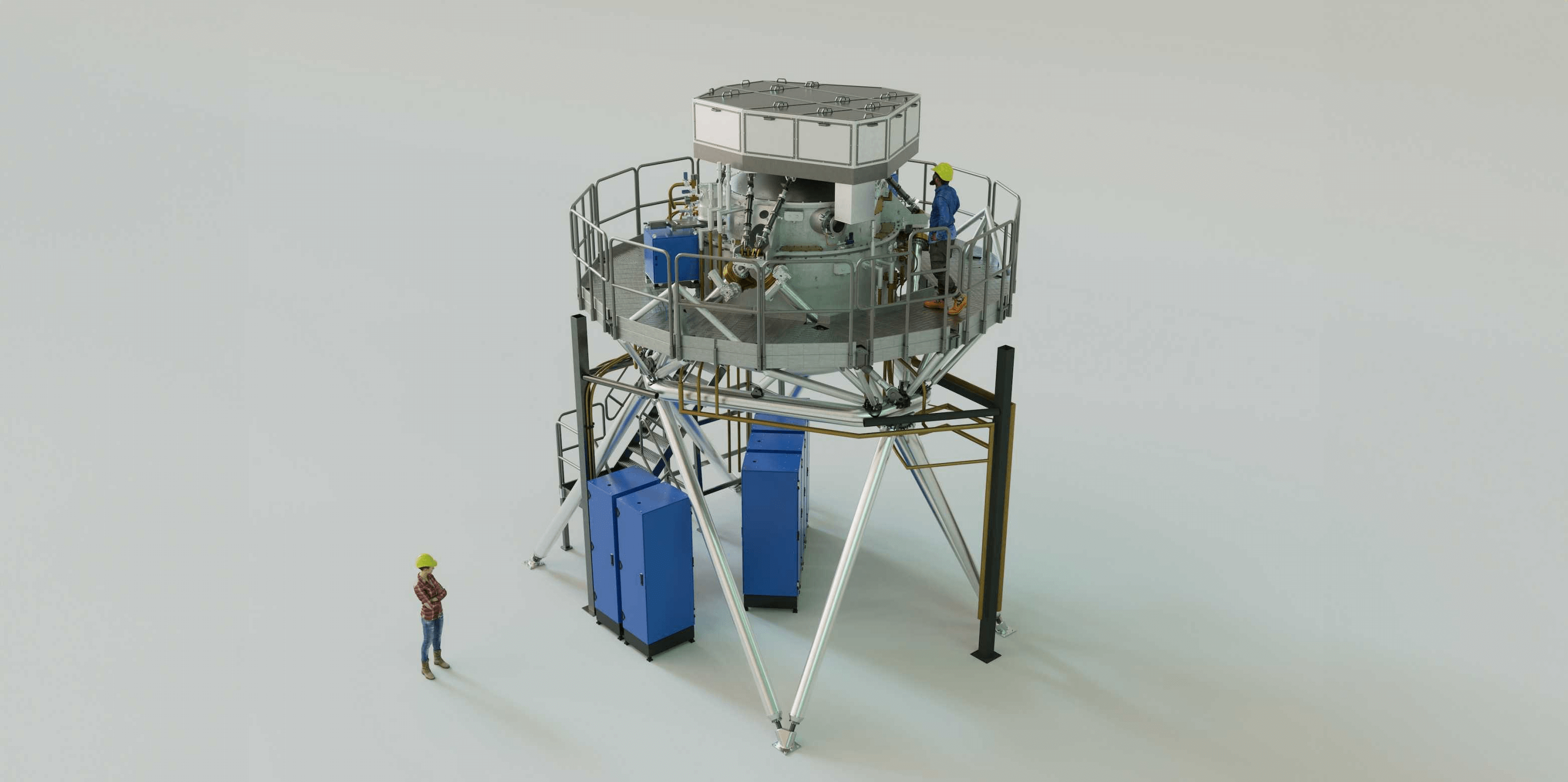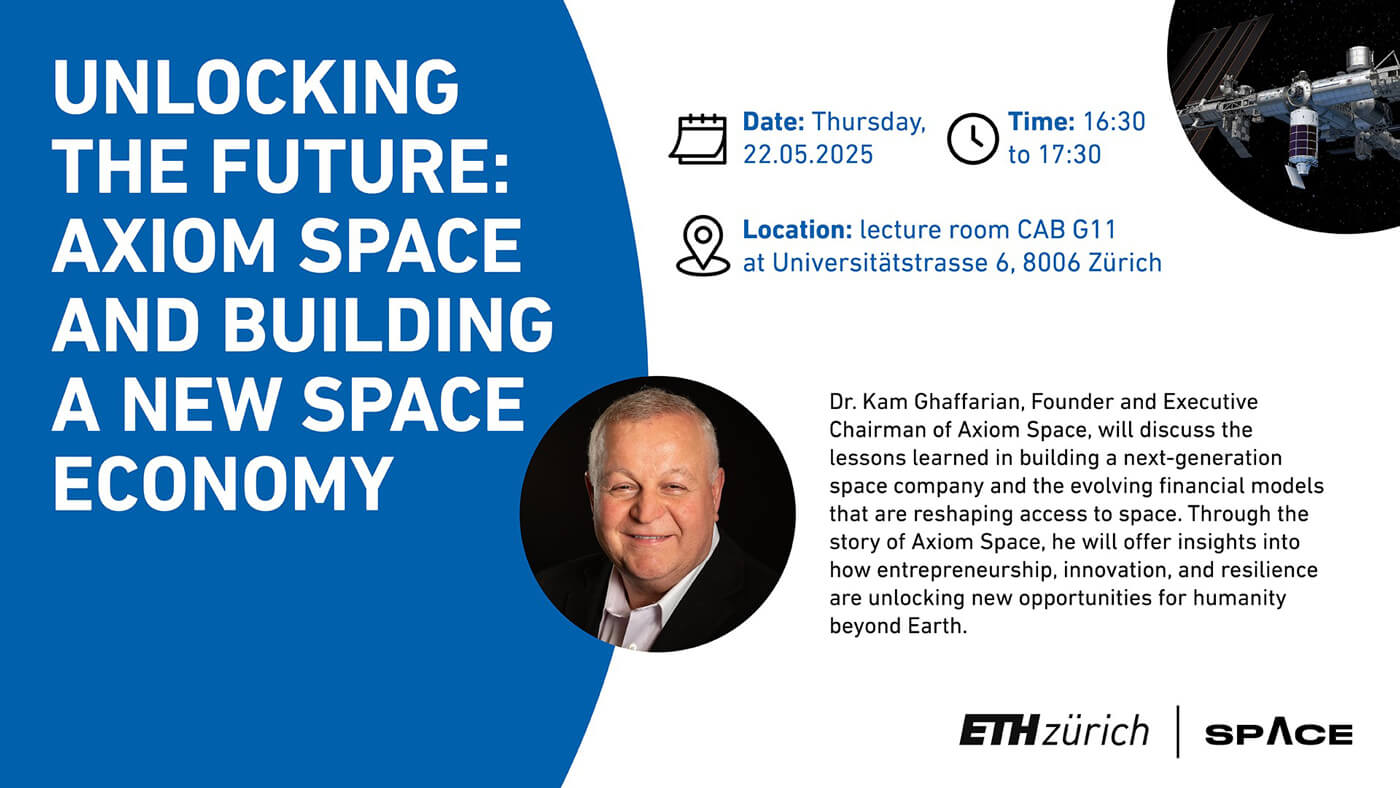May 16, 2024
Final design of ELT's METIS instrument completed
METIS is the first instrument of the Extremely Large Telescope to pass its final design review.
Last Tuesday, the European Southern Observatory (ESO) announced that the METIS instrument (which stands for Mid Infrared ELT Imager and Spectrograph) is the first of the instruments for the new Extremely Large Telescope (ELT) to pass its Final Design Review. Now the manufacturing of all instrument components can start! For an instrument with the size, complexity and advanced level of technology of METIS, the design process takes many years to complete. The Exoplanets and Habitability Group plays a key role in METIS: the design phase, which took place under the technical direction of Adrian Glauser and the scientific direction of Sascha Quanz, both from the Institute of Particle Physics and Astrophysics at ETH Zurich, began at the end of 2015. In 2020, METIS achieved its first design milestone with the Preliminary Design Review. The overall system design was finalised and reviewed in late 2022. The successful Final Design Review is the result of excellent international cooperation among involved scientists and engineers, coming from 11 research institutes across Europe, the USA and Taiwan and part of the METIS Consortium.
ETH is responsible for the delivery of a central component of METIS: this is the large cryostat that will allow the three tons of infrared-sensitive optics to be cooled down to temperatures below -200 degrees Celsius. The cryostat has been developed by Adrian Glauser, Emilie Bouzerand and Paul Prantl and other members of the physics department, including Marcel Baer from the Engineering Office. The assembling of the cryostat started this spring and is expected to be concluded by the end of this year.
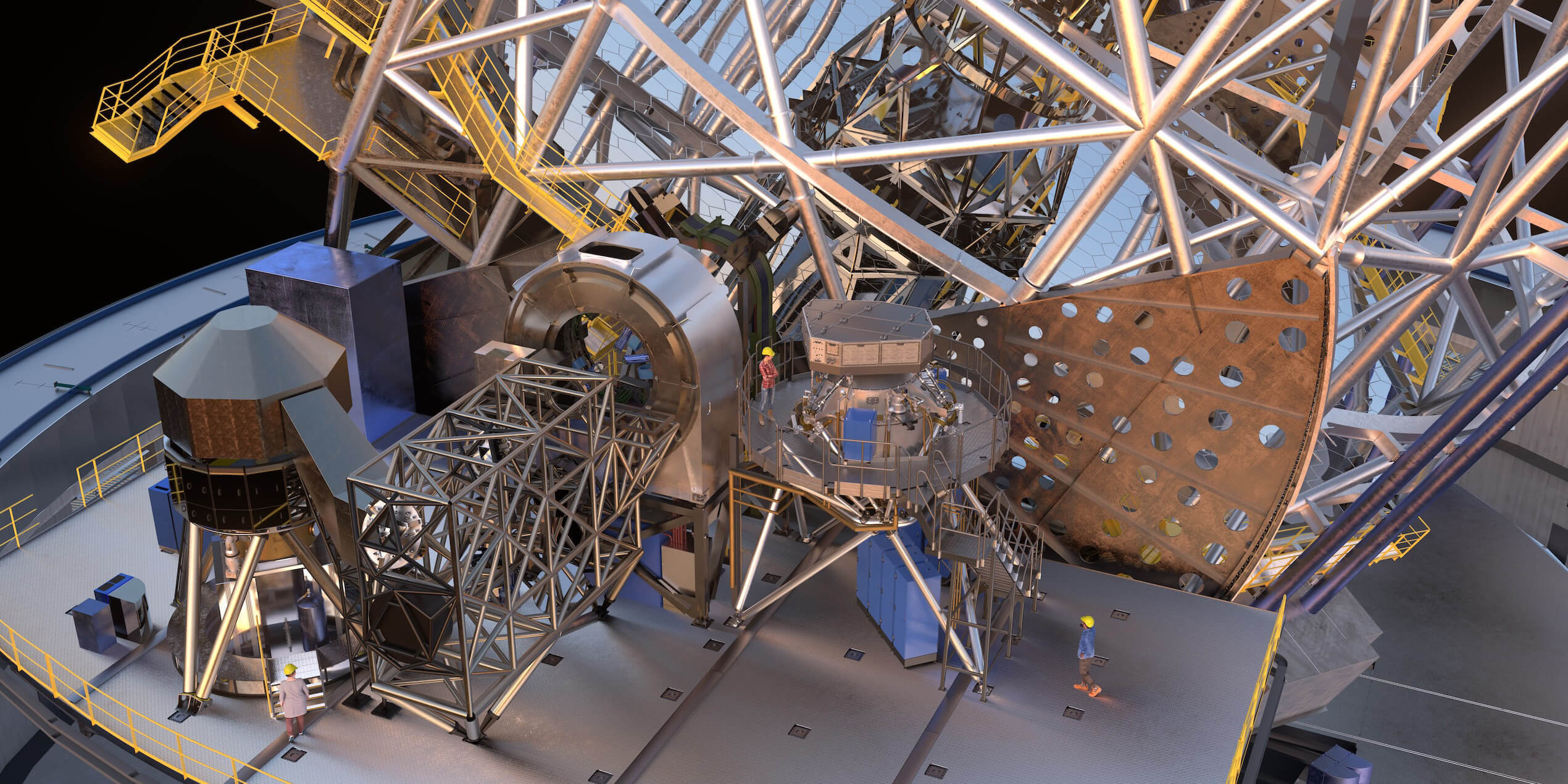
METIS will operate at wavelengths between 3 and 13 µm and is the only instrument for the ELT that covers the mid-infrared spectral range. As a versatile instrument, METIS will feature powerful spectrographs and cameras and is expected to advance a wide range of astronomical research areas. These include protoplanetary discs and the formation of planets, the growth of supermassive black holes and star-forming galaxies in the early Universe. It is expected that METIS will make particularly impactful contributions to the characterisation of exoplanets, that is, planets that orbit stars other than our sun. With METIS it will be possible to carry out detailed investigations of their physical and chemical properties including their orbital parameters, temperature, luminosity as well as the composition and dynamics of their atmospheres. The characterisation of their atmospheres and temperature is key for understanding if some exoplanets potentially provide habitable conditions where life could exist.
Latest ETH ZÜRICH news

Are we alone in the universe?
In recent years, ETH Zurich has become one of the most renowned centres in the world for researching these matters:the former NASA research head Thomas Zurbuchen has been the Director of ETH Zurich Space since summer 2023.
Play video

ETH Global Lecture: Life on Earth and Beyond
How did life on Earth begin and proliferate? And is there life beyond our planet? At this ETH Global Lecture, Nobel Prize winner Didier Queloz and former NASA research head Thomas Zurbuchen discuss what is already known about the origin of life on Earth and beyond, what projects are underway at ETH Zurich – and what life itself has taught them.
Play video

ETH Global Lecture Series: Who Owns the Moon?
Unlike any other time in human history, humanity sits on the threshold of the universe. As the commercial space industry grows in influence and importance, complex legal and ethical questions emerge. Join us as we navigate the intricacies, gaps, and inconsistencies of space law.
Play video
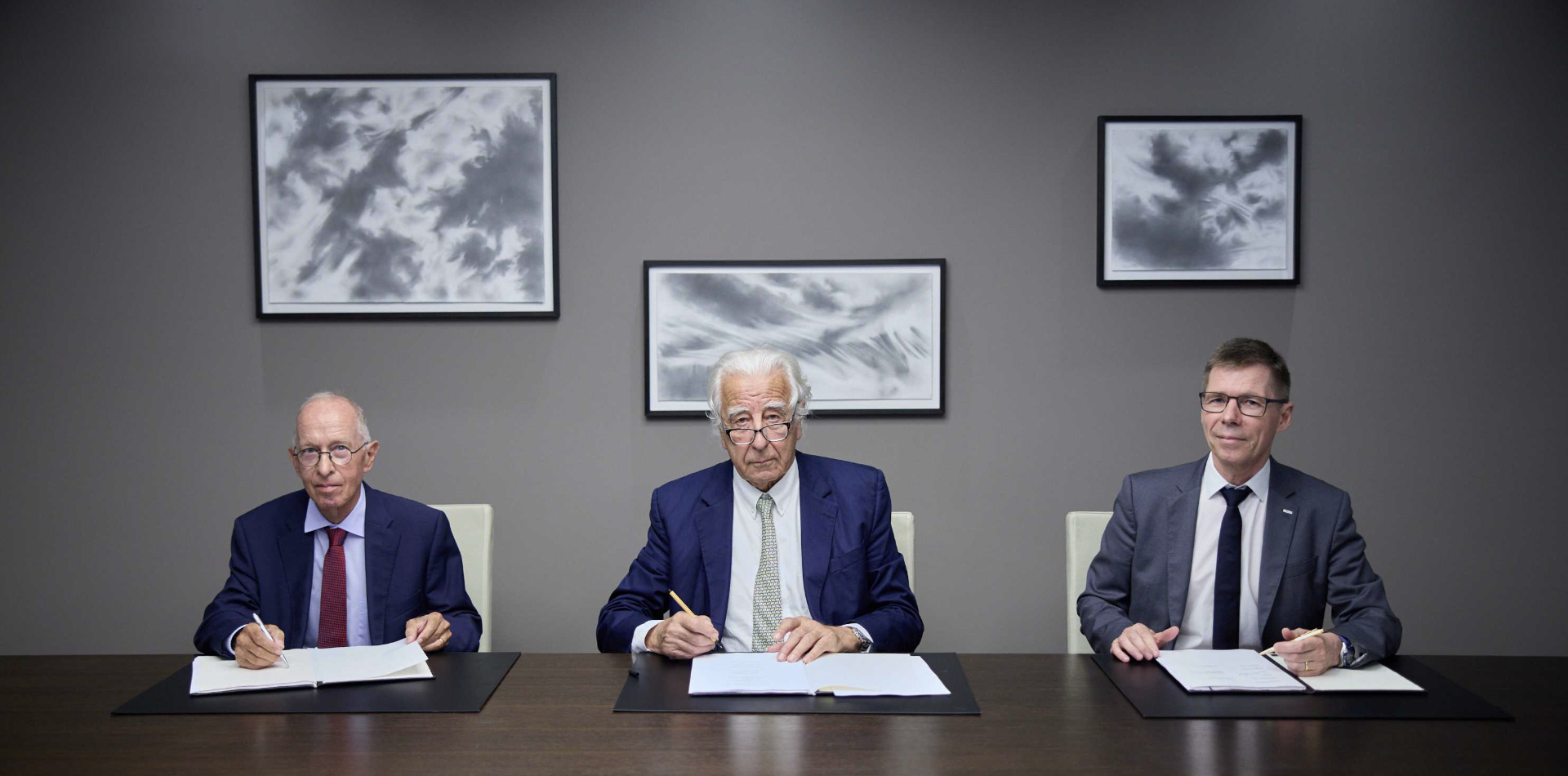
ETH Zurich receives 100 million Swiss francs from Bucherer-Foundation
08.07.2025 by Mariasole Agazzi
Read more

Prestigious Award for ETH Zurich | Space director Thomas Zurbuchen
30.06.2025 by Mariasole Agazzi
Read more
News
ETH Zurich and ESA: 50 years of collaboration
16.06.2025 by Mariasole Agazzi
Read more
News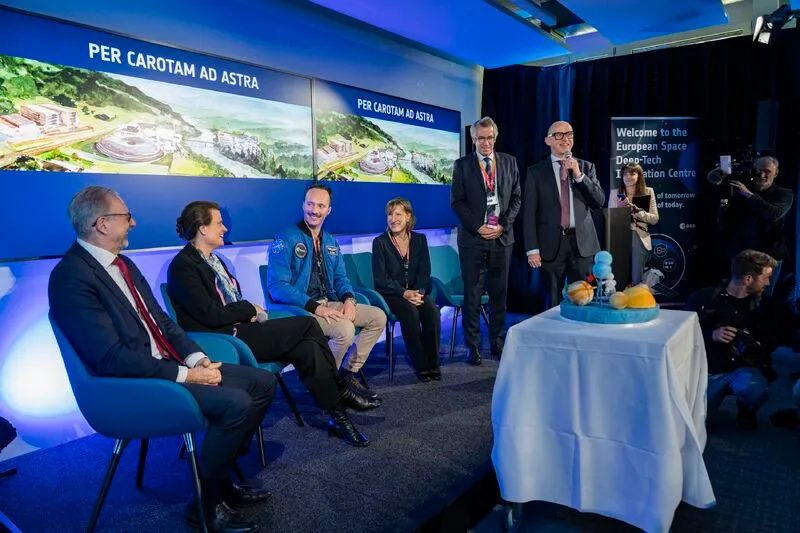
ESA opens first Innovation Centre in Switzerland — with ETH at the forefront
16.06.2025 by Mariasole Agazzi
Read more
News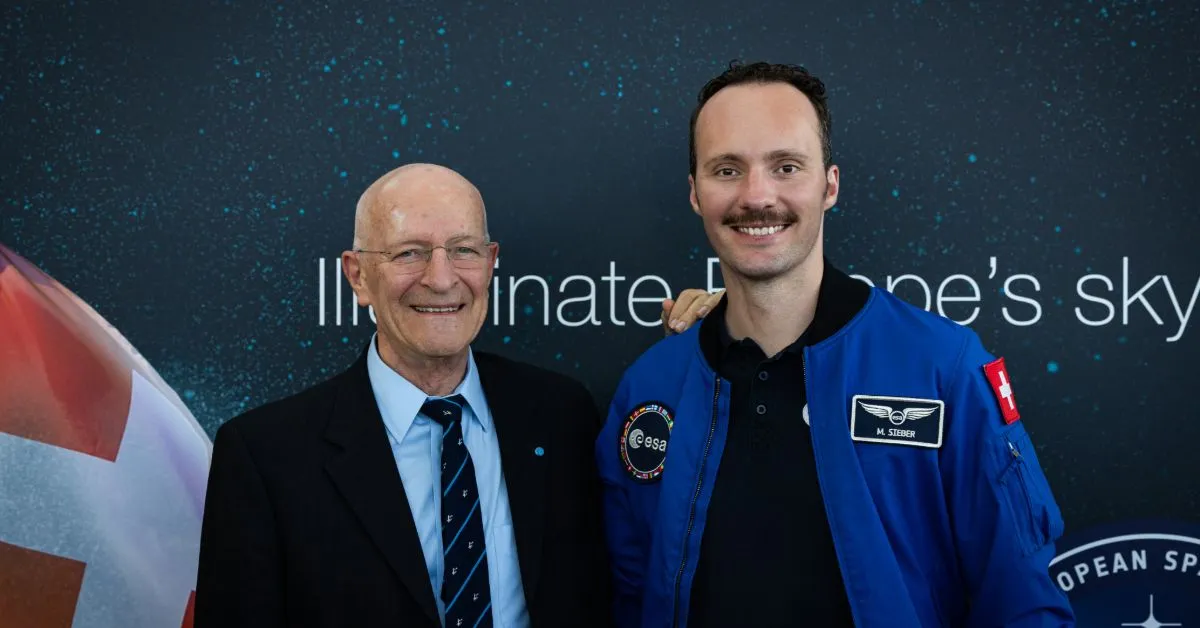
Celebrating milestones — and shaping what is next for space in Switzerland and Europe
16.06.2025 by Mariasole Agazzi
Read more
News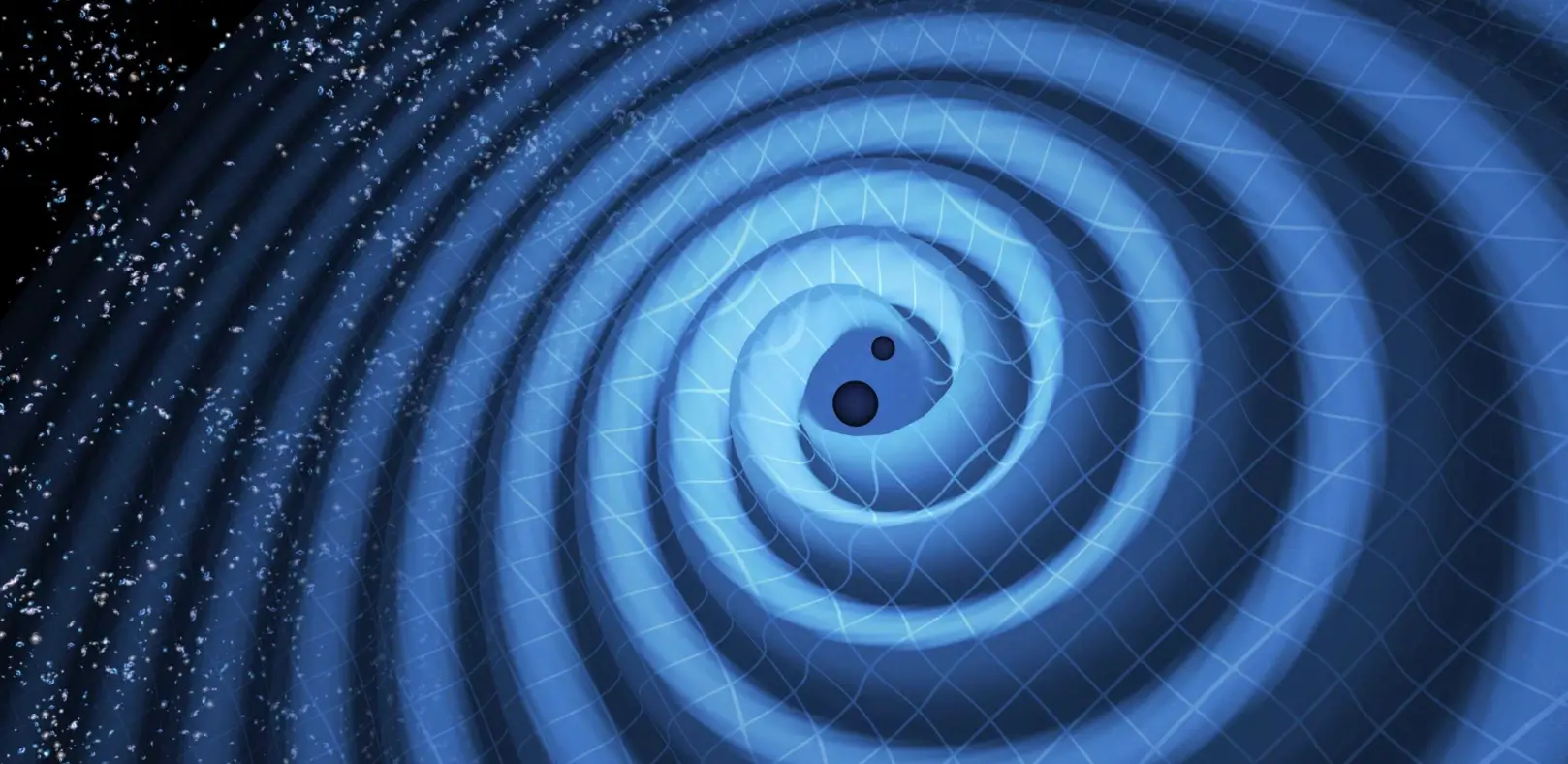
Gravitational-wave astronomy at ETH Zürich
12.05.2025 by Gaia Donati
Read more
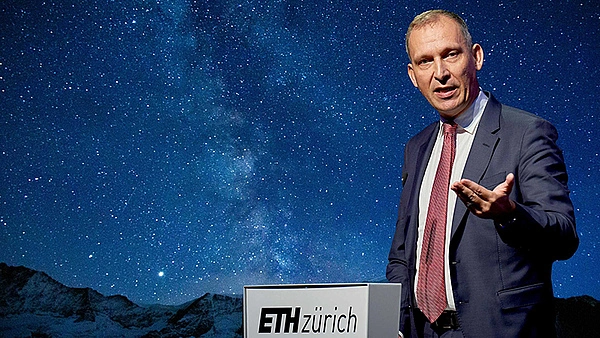
Shaping the future of space — from the heart of Europe
10.04.2025 by Nicole Kretschmer, editor-in-chief of the DGLR members' magazine
Read more
News
From ETH Zürich to the edge of space — and beyond!
07.04.2025 by Innovation Park Zurich
Read more
Astronomy & Research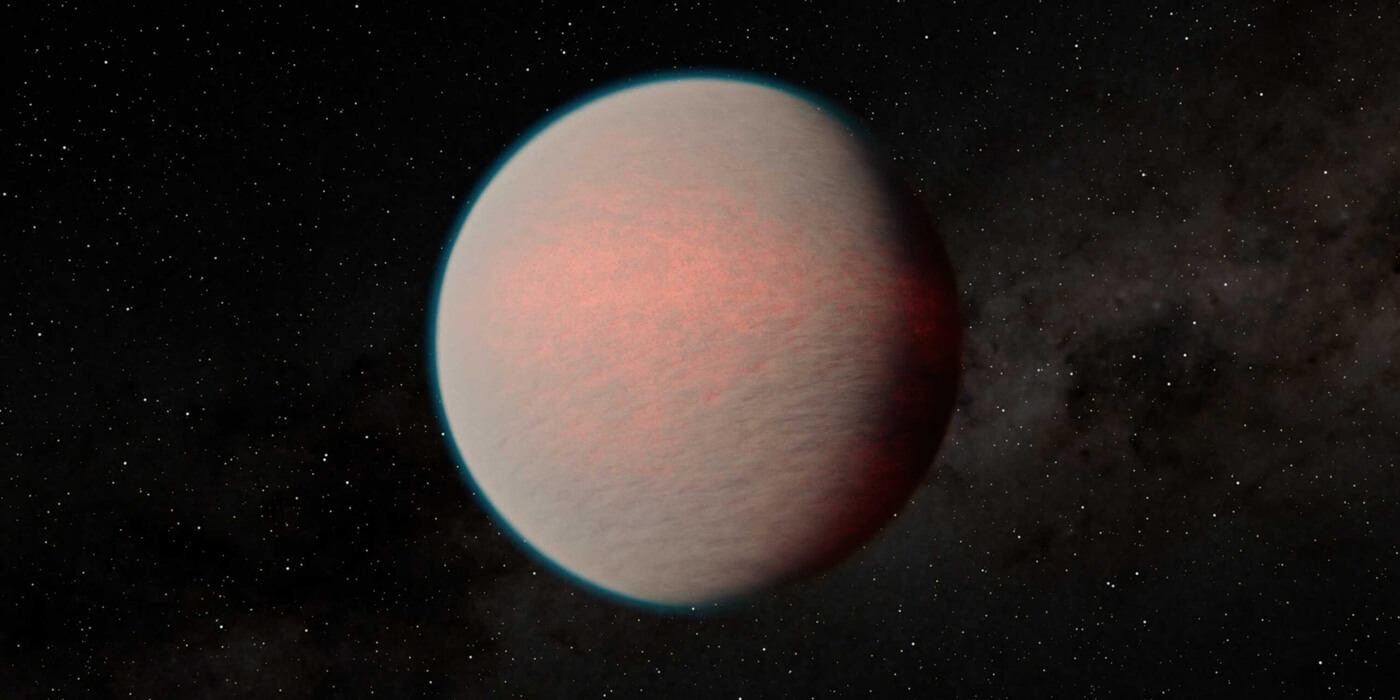
Planets contain more water than thought
04.02.2025 by Barbara Vonarburg, freelance author
Read more

Green Light for LISA
25.01.2025 by Editorial Team
Read more
Earth and Planetary Sciences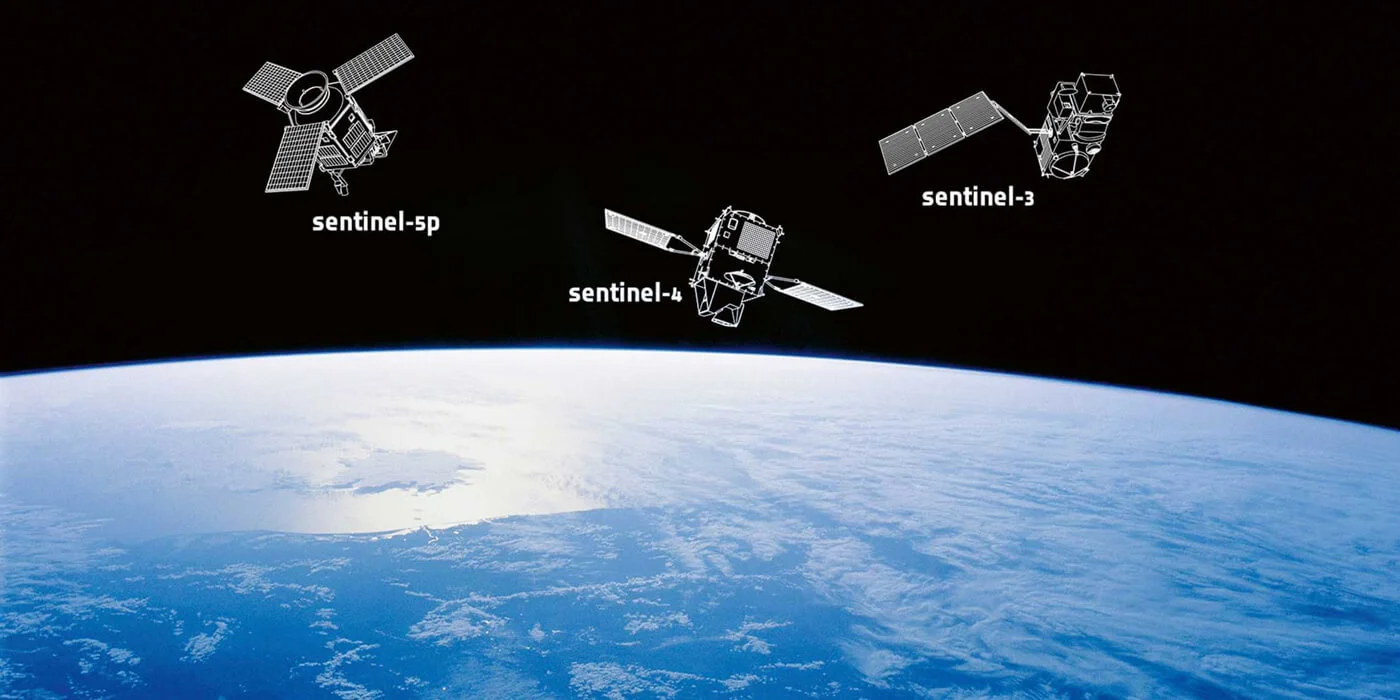
The view from space – and what it tells us
06.01.2025 by Barbara Vonarburg, freelance author
Read more
Space Research
Why we need space exploration
17.12.2024 by Christoph Elhardt and Karin Köchle, Corporate Communications
Read more
Space Research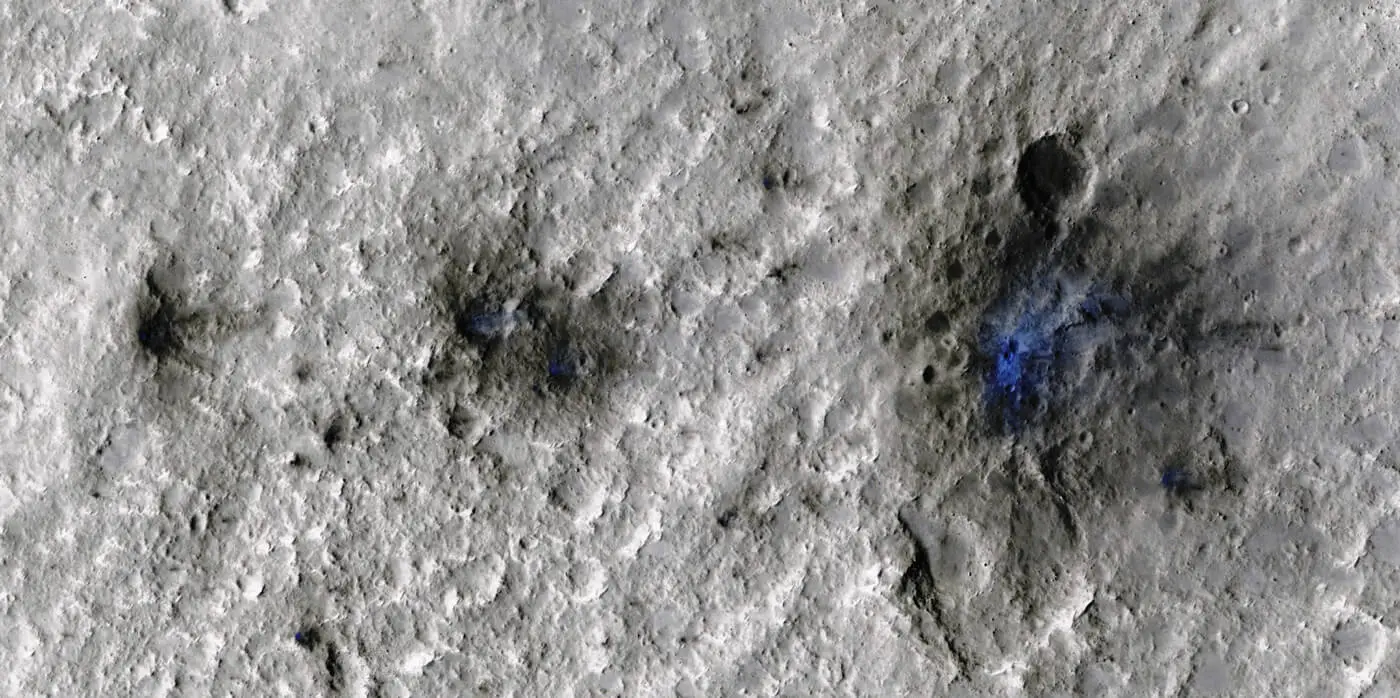
The quest to explore space
17.12.2024 by Michael Keller, Corporate Communications
Read more
Innovation & Industry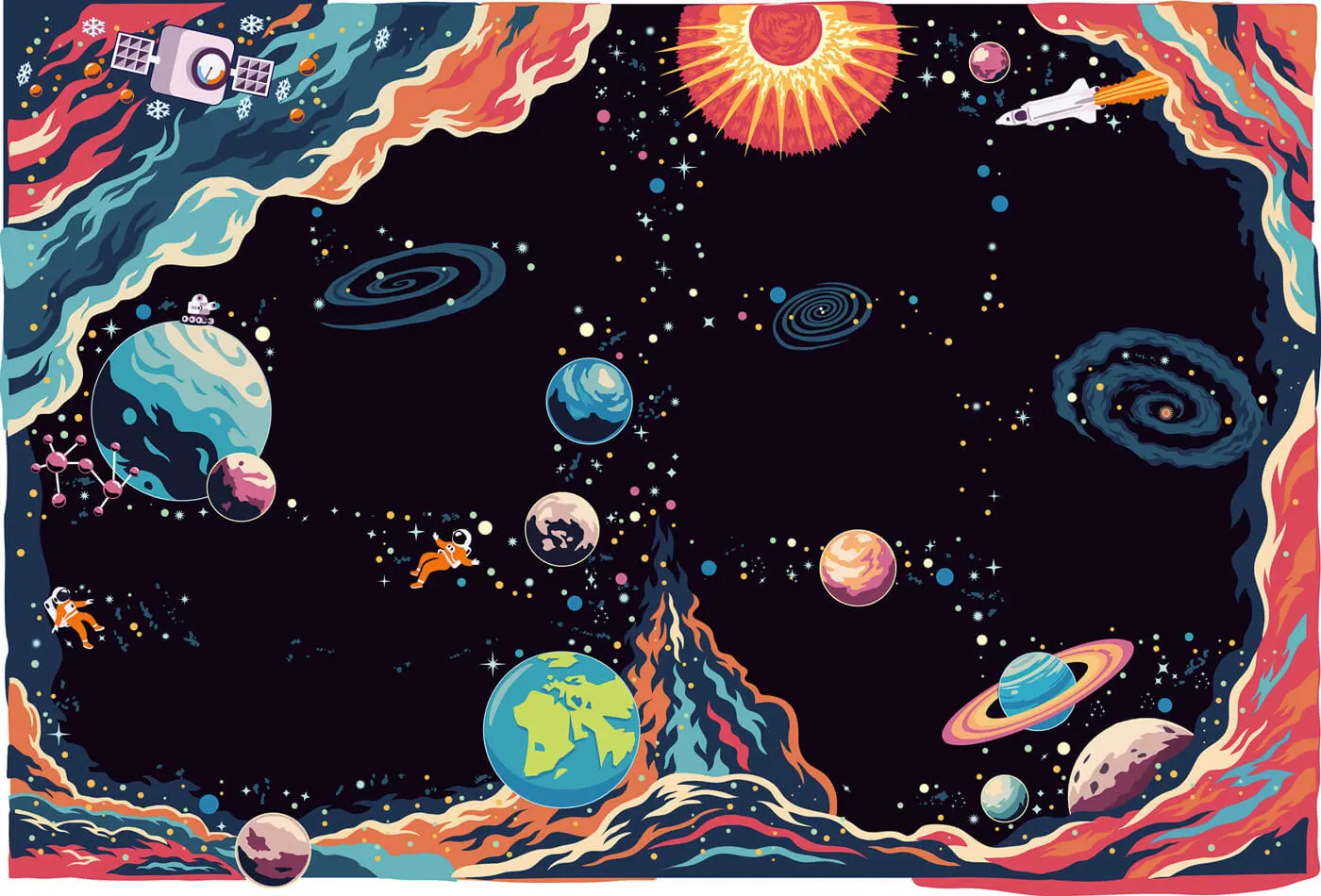
Inspired by space: Getting smart ideas off the ground
17.12.2024 by Corinne Johannssen, Corporate Communications
Read more
Space Research
Launch of space systems degree programme
17.12.2024 by Peter Rüegg, Corporate Communications
Read more
Events
ETH Global Lecture Series: Who Owns the Moon?
07.10.2024 by Community & Outreach
Read more
Society & Institution
From Earth to distant worlds: ETH department is now called Earth and Planetary Sciences
05.08.2024 by Peter Rüegg. Corporate Communications
Read more
Research
Learning About Extraterrestrial Life Detection at NASA JPL
11.07.2024 by
Read more

New class of Mars quakes reveals daily meteorite strikes
28.06.2024 by Marianne Lucien
Read more
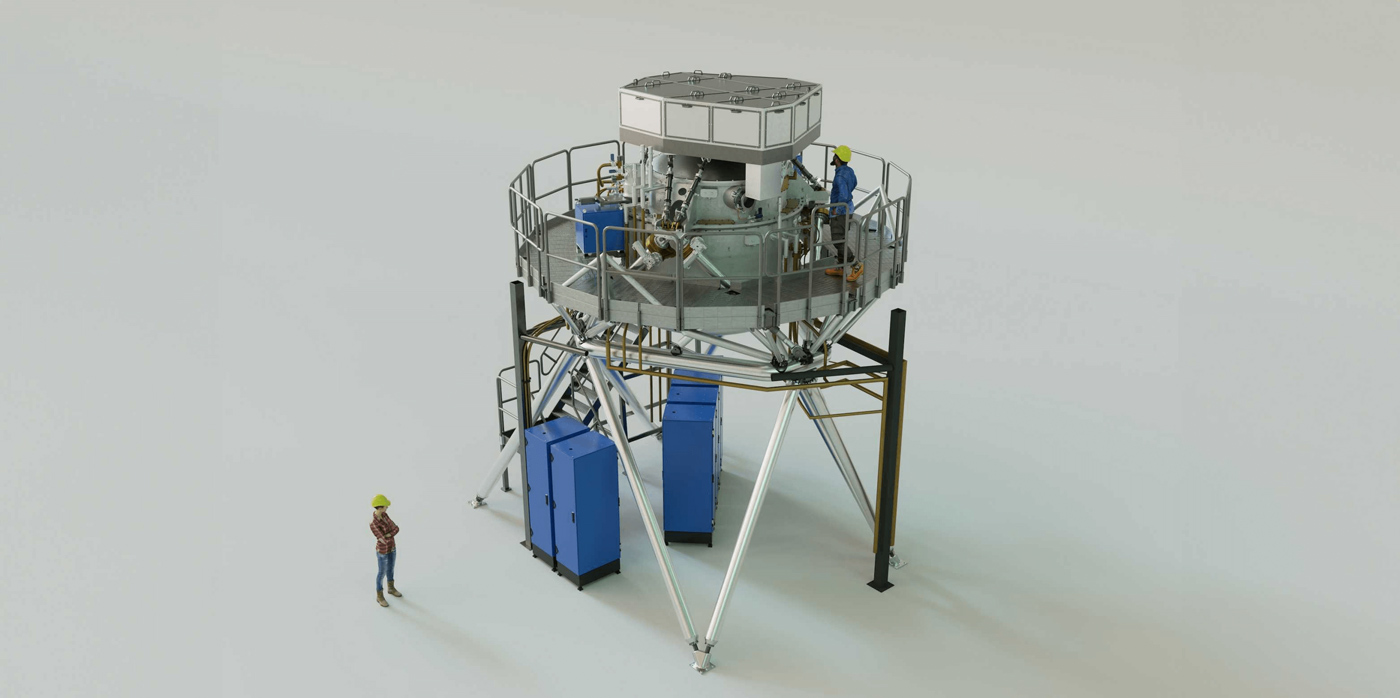
Final design of ELT’s METIS instrument completed
16.05.2024 by Anna Carmen Radi
Read more
Research
Life on Earth and Beyond
30.04.2024 by
Read more

Earth as a test object
26.02.2024 by Corinne Landolt and Gaia Donati
Read more
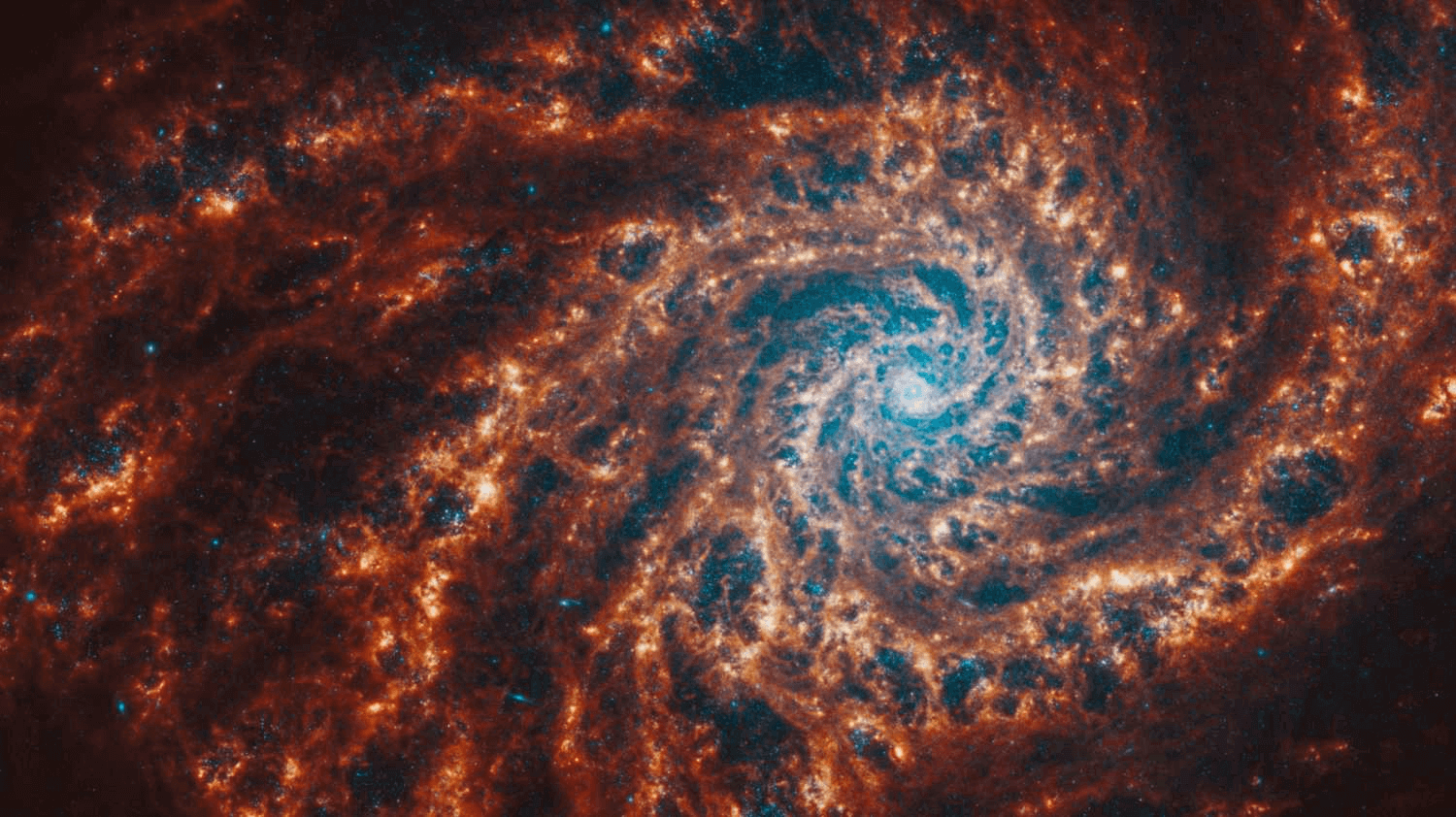
New Master’s in Space Systems to be launched in September
07.02.2024 by Michael Walther
Read more
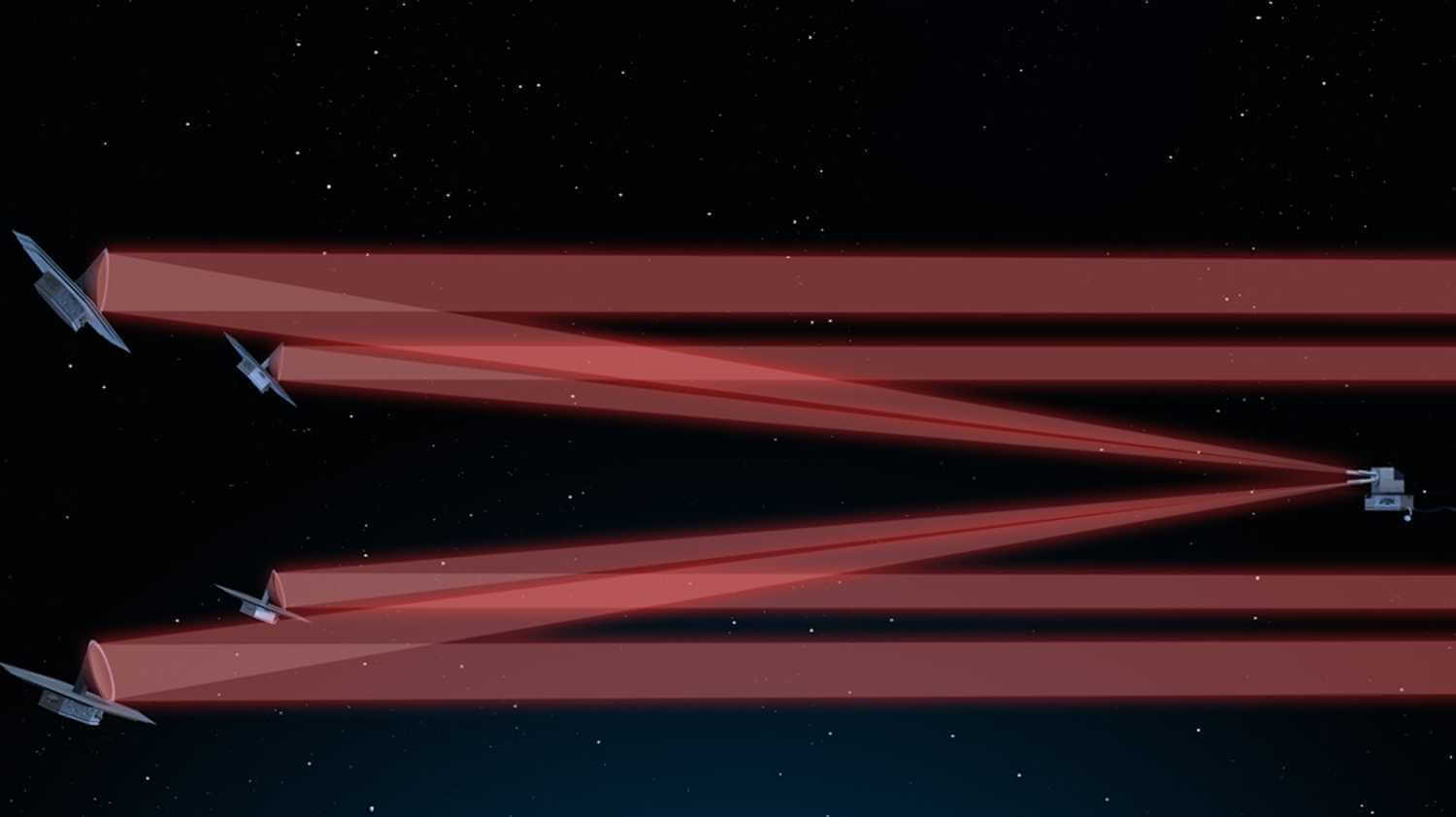
A key experiment for the LIFE space mission
14.04.2023 by Felix Würsten
Read more
See all the news
